How to grow gloxinia at home and achieve lush flowering?
Growing gloxinia from seeds at home will take considerable time and require a lot of attention and diligence. Although caring for the southern beauty, which is also called synningia, cannot be called elementary, its popularity among lovers of indoor flowers is enormous. In order for the plant to please from year to year with a beautiful bush shape, juicy velvety foliage and bright bell buds, it is important to follow the rules for its breeding.
Lighting and temperature control
Gloxinia require a lot of bright light, but it must be diffused. It is better to place pots with them on spacious windowsills located on the west or east side. Being in direct sunlight will have a bad effect on the delicate leaves of the plant, burns will appear on them, and the flower itself may die. Therefore, caring for gloxinia on the south window requires shading. The optimal daylight hours for synningia are 12-14 hours. In the autumn-winter period, when it gets dark early and the nights last longer, it is necessary to provide the flower with artificial lighting.
If these rules are not followed, the decorativeness of the plant suffers, and its development slows down. It is not difficult to understand whether there is enough lighting for gloxinia. If the surface of its leaf is dark green, the leaf blades are parallel to the windowsill, and the stem is not high, there is no need to rearrange the pot. With a lack of light, all parts of the plant stretch upward, and their color fades. With its excess, the leaves go down, turn yellow, can curl from the edges, the flowering stems are shortened.
Drafts and strong temperature fluctuations of gloxinia are contraindicated, so it is better to forget about regular ventilation. The native land of the plant is the tropical forests of Brazil, so caring for it includes constant monitoring of air humidity. To increase it, saucers filled with water are placed near the pot. It is not recommended to spray gloxinia, their leaves and buds do not tolerate moisture.
During the growing period, the optimal temperature for a flower is in the range of 16-20 ° C. When overheated, its leaves rise up, and if the plant freezes or needs watering, they go down. With the transition of synningia to the resting stage, the temperature will have to be lowered to 10-12 ° C.
Watering and fertilizing frequency
Caring for gloxinia at home is based on observing the correct watering and feeding regime. During the growing season, the soil in the pot is moistened regularly, preventing it from drying out. But too much water is harmful to plants: in constant dampness, their tubers can rot. The time for the next procedure comes when the top layer of the soil dries up. For irrigation, use previously settled water or filtered water, the temperature of which is 1-2 ° C higher than room temperature. The roots of the plant absorb the warm liquid faster, this care reduces the risk of rot.
You can carefully pour water along the edge of the pot, making sure that it does not fall on the leaves and buds, but it is easier to fill the pan with it, remembering to drain the excess after the soil is saturated. When the gloxinia buds begin to actively bloom, it will need more intense hydration.
Advice
To facilitate the transition to the dormant stage for the plant, which occurs at the end of October, in the second half of August, watering is gradually reduced, increasing the interval between procedures.
Proper care will allow you to get profusely blooming gloxinia. Up to 20 buds can bloom on it at the same time. To achieve this magnificence, the plant needs to be fed.Until mid-August, they do this often, every 10 days, using complex fertilizers developed for decorative flowering representatives of the flora. Before the resting phase, they should be replaced with preparations that do not contain nitrogen, but are enriched with phosphorus and potassium. When the period of active growth ends, the need for feeding passes.
Lack of nutrients worsens the appearance of gloxinia. It grows more slowly, the buds become smaller, the color of leaves and petals loses its intensity, the duration of flowering is reduced. When feeding, it is important not to overdo it with the dosage of the drug, strictly observing the instructions of its manufacturer, and the frequency of procedures. Excess fertilizer can severely harm gloxinia and even destroy it.
Landing features
Caring for the plant makes it difficult to transplant it annually. It is carried out when the resting stage comes to an end - in February. Gloxinia are close to begonias and violets in terms of soil requirements. You can buy ready-made substrate for them in the store or mix at home in a 2: 1: 1 ratio
- leafy ground;
- humus earth or peat;
- river sand.
A lump of earth with a flower tuber must be removed from an old pot and planted in a larger container by transshipment. It is better to choose a wide (at least 15 cm diameter), but not too deep container. The plant needs good drainage, so a thick layer of expanded clay, pebbles, rubble or broken brick is laid on the bottom of the flowerpot. A little prepared soil is placed on top, on which a lump with a transplanted flower is placed. The soil is gradually poured, tamping it. When properly planted, the gloxinia tuber should be halfway out of the ground.
You can transplant a flower in another way. From the tuber removed from the pot, the old soil is carefully cleaned off, the dried roots are removed and washed under the tap with warm water. He is being examined carefully. Areas with signs of rot are removed with a sharp knife, and crushed coal is used to disinfect the wound. The preparation of the tuber for planting does not end there. It is kept in a weak solution of potassium permanganate for 30 minutes, after which they wait a day until it dries.
The gloxinia placed in the ground is covered with a film. It is left until the first leaf appears, better than two, remembering to open the pot for airing for 20 minutes in the morning and evening hours. After the final removal of the film, soil is added to the flowerpot. The tuber must be completely covered by it.
Reproduction methods
The effective cultivation of gloxinia at home is impossible without knowledge of the characteristics of flower reproduction. It can be done in different ways:
- seeds;
- rooting a leaf cut from the mother plant;
- dividing the tuber.
The seed method of reproduction of gloxinia cannot be called simple and effective enough. The planting material is small, it germinates poorly, and young shoots develop slowly, which makes caring for them very laborious. There is only one plus here - the possibility of breeding new varieties. The division of the tuber is considered by many growers to be a barbaric method of reproduction, it is used infrequently, mainly because the parts of the mother plant placed in the ground slowly take root and get sick for a long time.
The seeds are planted in January-February. Due to their small size, it is inconvenient to sow them, it is better to mix them with a small amount of sand and scatter them over the soil surface. It is not required to cover them with a layer of earth. Planting must be thoroughly moistened using a spray bottle, and then covered with a film and placed in a well-lit warm place. As the soil dries up in a container with seeds, it must be sprayed. Seedlings can be expected in 2-4 weeks.
It is much easier and faster to propagate gloxinia from a cut leaf. It must be healthy and strong, and the length of its petiole must be at least 2 cm. If the leaf is large, it is divided into parts, making a transverse cut.The procedure is best done with a sharp knife to avoid decaying the edges. The leaf or its fragments can be placed in a glass of water and, after waiting for the roots to appear, placed in a pot or immediately buried in a light, slightly moistened soil. In both cases, it takes root well.
After planting the leaf in the soil, the container is covered with a film and taken to a warm, bright place. Another way to create an impromptu greenhouse is to put a plastic bag on the container. It is not necessary to water the soil and remove the shelter to ventilate the rooting leaf. A month after planting, the film begins to open for a short time, gradually increasing the time in order to accustom the plant to indoor conditions. They remove it when the flower releases a couple of new leaves.
Spectacular gloxinia with large dark green leaves and large gramophone flowers make an unforgettable impression. But, deciding to purchase a plant, it is worth remembering that it is quite demanding and will not tolerate neglect in such an important matter as care.
To make the southern beauty a source of pride for the owner, turning into a pearl of an indoor garden and attracting the envious glances of guests, you will have to try. Only compliance with all the requirements for lighting, air humidity, temperature, watering, feeding, soil quality and transplanting will allow you to grow a healthy gloxinia, which will delight you with lush and long flowering.
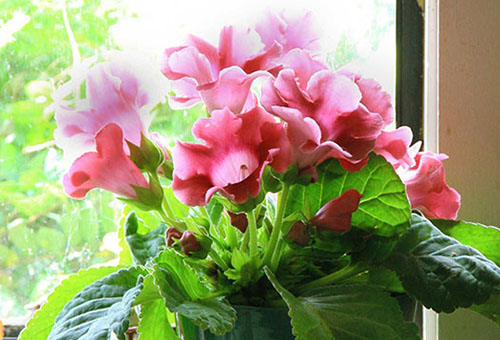
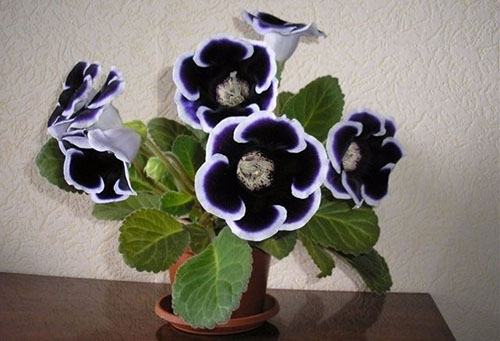
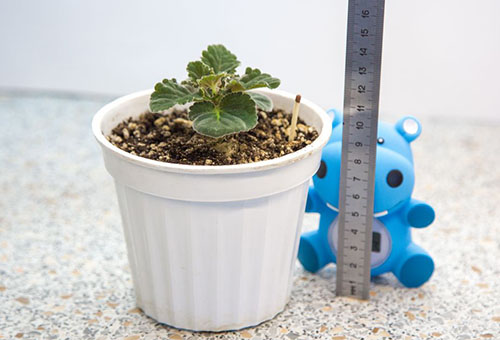
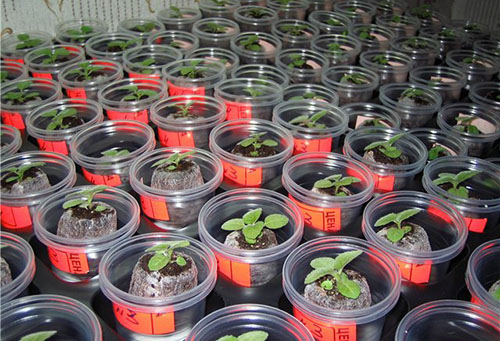
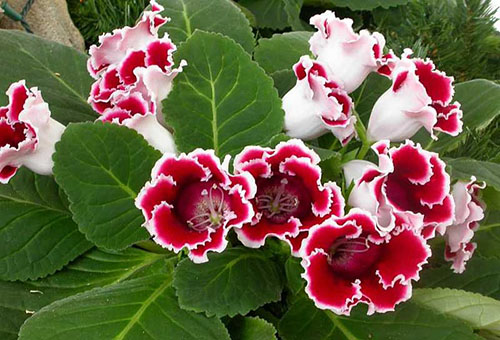
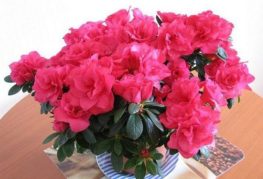

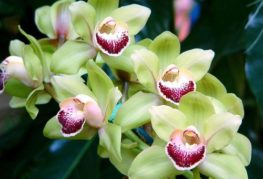
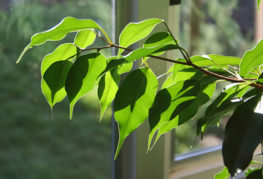
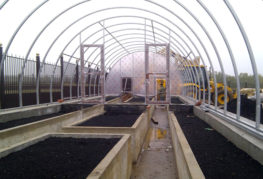
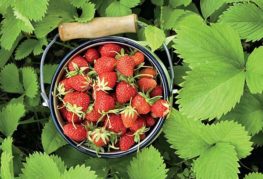
and will be published shortly.